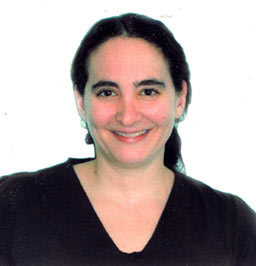 Reports on the ADI Team Congress 2011
Reports on the ADI Team Congress 2011
Thursday 14 - Friday 15 April
Manchester Central Convention Complex
Petersfield, Manchester M2 3GX

Bone grafts for site development – the past, the present and the future
Speaker: Associate Professor Tara Aghaloo DDS MD PhD – USA
Reported by Cemal Ucer

Dr Aghaloo has published extensively in bone biology with an emphasis on bone grafting to improve our current practices and dental implant success. She is also very active in several professional organisations such as the AAOMS, IADR, and AO. Currently, she is Chair of the stem cell group for the Academy of Osseointegration’s Silver Anniversary Summit: Impact of Biological and Technological Advances on Implant Dentistry, and is the program chair for the 2011 Academy of Osseointegration meeting.
In her presentation Dr Aghaloo emphasised the importance of bone grafting for implant site development as part of planning and executing treatment for the dental implant patient. She covered the full spectrum of bone grafting from simple procedures such as socket augmentation to more complicated and extensive alveolar ridge augmentation that are indicated in a variety of defects to achieve the desired aesthetic and functional results. In attempt to preserve alveolar bone and avoid the necessity of ridge augmentation prior to implant placement, various materials have been used immediately following tooth extraction to fill and/or cover the socket in preparation for dental implants.
In addition, more significant anterior and posterior alveolar ridge defects often require allografts, autogenous bone harvesting, and the use of growth factors. These materials could be either osteoconductive, or osteoinductive or both. Unfortunately, many of grafting procedures are quite technique sensitive, and do not have adequate literature to support their use.
Dr Aghaloo described the properties of an ideal bone grafting material and reviewed the various bone grafting techniques, and materials including the new development of bone growth factors such as BMP’s and their role in implant dentistry. She concluded that the current evidence confirms the successful use of GBR and sinus grafting technique today and suggested that the bone growth factors will certainly play a major role in improving the efficiency of bone grafting techniques in implant dentistry in the near future. ![]()
